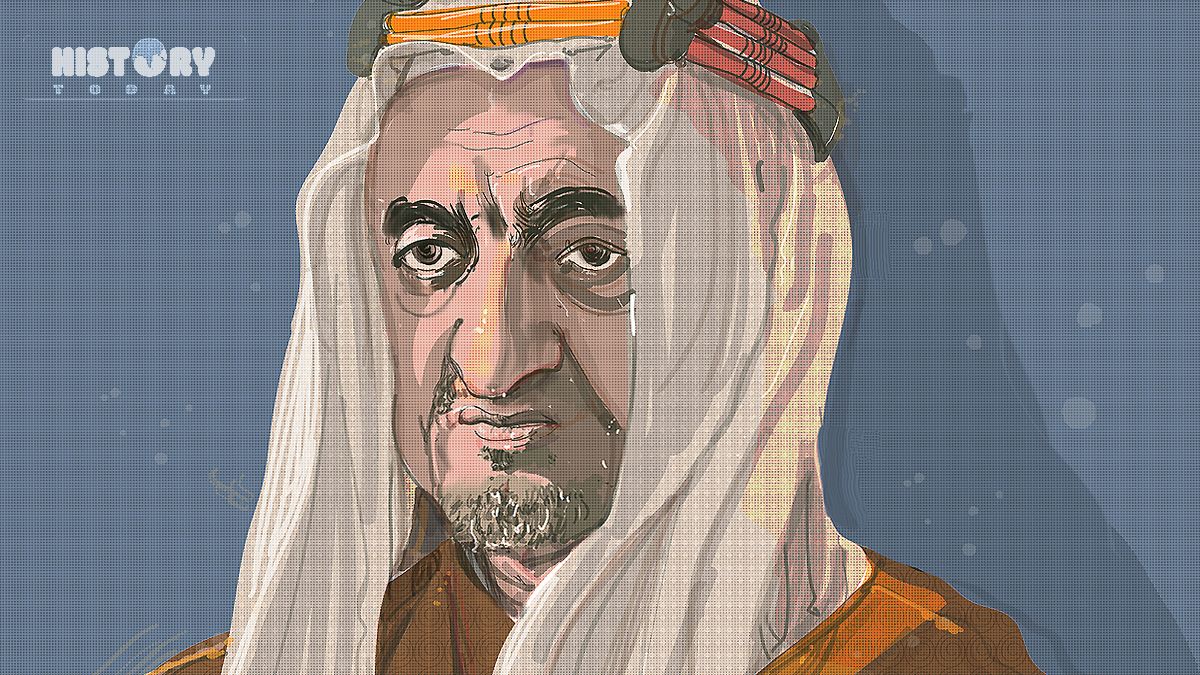On March 25, 1975, a gun attack in Riyadh claimed the life of King Faisal of Saudi Arabia.
He was fatally wounded when his nephew Prince Faisal Ibu Musaed allegedly fired three bullets at him with a pistol at point-blank range during a royal audience.
A decade before that, Martin Luther King Jr. delivered a powerful speech titled “Our God is Marching On” that concluded the first phase of the Civil Rights Movement, which concentrated on legal and political rights.
In a stirring address delivered on the same day in 1965, following the major Selma to Montgomery march, King emphasised the value of nonviolent resistance while calling for justice and equality.
Here’s a look at these significant historical events in Firstpost Explainers’ ongoing series, History Today .
Saudi King Faisal assassinated
A decade later, on the same day, March 25, 1975, the third king of Saudi Arabia, Faisal, who is the son of the founder of the Kingdom of Saudi Arabia, Abdul Aziz, was assassinated.
He was fatally wounded when his nephew Prince Faisal Ibu Musaed allegedly fired three bullets at him with a pistol at point-blank range during a royal audience.
The king was rushed to the hospital; however, could not be saved.
He was at a bilateral meeting with Kuwait’s oil minister on the fateful day.
Witnesses claim that Prince Musaed was conversing with a Kuwaiti delegation that was waiting to meet the monarch as they were waiting in the anteroom.
As a custom of receiving the Saud Family, King Faisal came up to him after the meeting and kissed his head and nose. This was when Musaed attacked the king.
One of the king’s bodyguards hit the prince with his sword, although it was still sheathed.
After being questioned by Saudi authorities over the assassination, the military arrested Musaed.
After 16 weeks of thorough investigation, the Saudi security services discovered no proof of a conspiracy behind the murder.
Martin Luther King’s ‘Our God is Marching On’ speech
The speech, also known as “How Long, Not Long!,” was delivered after the last of three Selma-Montgomery marches to call for voting rights.
On March 7, in what became known as Bloody Sunday, Alabama police officers beat protesters at the Edmund Pettus Bridge in Selma.
John Lewis, the leader of the Student Nonviolent Coordinating Committee (SNCC), was one of the approximately 60 people injured by club-wielding police that day. Lewis sustained a fractured skull. (He later served in the US House of Representatives for 17 terms.)
“Finally the group of protesters gets all the way to the Capitol, and King delivers a speech to what we think is about 25,000 people,” said Jason Miller, an English professor at North Carolina State University who has written extensively on King’s speeches.
The speech concluded the first phase of the Civil Rights Movement, which focused on political and legal rights. Later on, the movement would concentrate on the battle for economic equality.
The line that people still remember is when King asks his ecstatic audience, “How long? “Not long, because no lie can live forever.” How long before Black people get the same rights as white people?
King maintained that a new movement had arisen and an older order was beginning to disintegrate in the ten years following the bus boycotts in that city.
He cited historian C Vann Woodward’s book, The Strange Career of Jim Crow, when he claimed that racial segregation had started as a “political stratagem employed by the emerging Bourbon interests in the South to keep the southern masses divided and southern labour the cheapest in the land,” rather than just as a manifestation of white supremacy.
The address is not among King’s best-known, but it is among the most revelatory.
Another best remembered line is when King said, “How long? Not long, because no lie can live forever. How long? Not long, you shall reap what you sow… How long? Not long, because the arc of the moral universe is long, but it bends toward justice.”
King was quoting Theodore Parker, a Unitarian minister from the 19th century who was an abolitionist and covert financier of John Brown’s 1859 raid on Harpers Ferry.
Venice was founded
Venice, one of the main cities of Italy, emerged following the collapse of the Roman Empire in the West.
Its birthday is commonly observed on March 25, 421 CE, at noon.
San Giacomo, the city’s first church, was dedicated on the island of Rialto to commemorate the city’s formal establishment. Although the floor was raised during a repair in 1513 to prevent frequent flooding, the church is still open for tours today.
It is generally accepted that the city’s first inhabitants were refugees from other Roman cities in the area who were escaping frequent attacks.
Many local fisherman were already residing on the islands in the lagoons when they arrived in the watery part of Venice.
They were referred to as “lagoon dwellers.”


)

)
)
)
)
)
)
)
)



